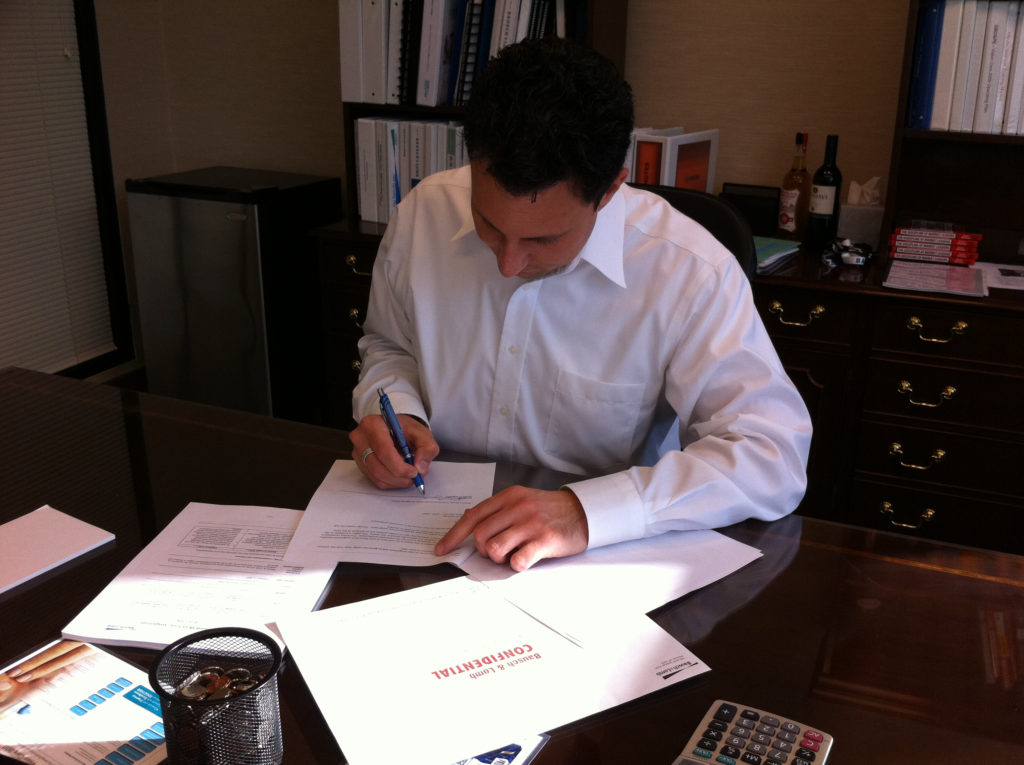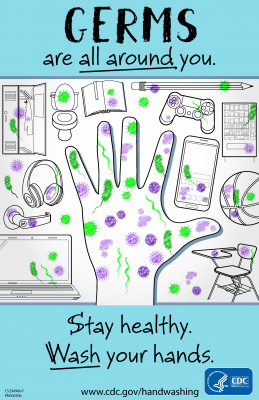Ten years ago this week, I embarked on what would become a more than 2 year professional and personal journey unlike any other in my life to date.
I think of my time on my international assignment often, and about the people, work, environments, interactions, and adventures that made it an incredibly fulfilling and insightful learning experience. Not to mention the food, which I’ve certainly shared plenty of times before.
I didn’t know what to expect when I signed the contract to transfer to Tokyo, Japan, for work, but I did know that I was a full combination of excited, terrified, and optimistic about what the experience would be like. I also didn’t know how long I would be there, nor did I expect that at the end of two years I would be heartbroken to leave and return to the U.S.
As I reflect on the entire experience a decade later, I am able to see and appreciate much more than I knew at the time. For example, I vividly remember the thrill of signing the international assignment contract, borrowing our then-CEO Brent Saunders’ desk for the occasion. What made for a good photo op at the time later became a happy memory of Bausch & Lomb and its great leadership team before it went through the transaction with Valeant Pharmaceuticals, which ultimately changed the company forever.

I remember the sharpness of the words in the contract indicating that I would be on a one-way flight from Rochester to Tokyo, and that my return would be “discussed and arranged at a later date”. The gravity of that statement did not really hit me until about 3 months later when I was actually on that one-way flight and realizing in the moment that it is a surreal experience to be on a trip with no known plan to return home.
Which all brings me to the theme — do something that scares you.
After sliding the signed contract back into the envelope and submitting it to the senior management team who made it all possible (a tremendous thank you to Pete Valenti, Susan Denman, Hideyuki Ashikaga, and Steven Robins), my mind started racing with some of the basic questions: where would I live? how would I adapt to the [vastly different] work culture? how can I learn the business to be most effective in my role? do I need to start learning Japanese? what about my personal things in Rochester?
From that fear came a new sense of purpose, one that would keep me motivated to make the most of the experience.
And that is the moment when the excitement shifted to what I might describe as straight-up fear that I had made a very wrong decision. But from that fear came a new sense of purpose, one that would keep me motivated to make the most of the experience. I thought to myself, “millions of people have relocated like this before, whether for work or for personal reasons, and they all turned out OK. Why should my experience be any less successful?”
Professor Andy Molinsky wrote about the topic a few years ago in a short piece in Harvard Business Review entitled “If You’re Not Outside Your Comfort Zone, You Won’t Learn Anything“. While his commentary is about public speaking, networking, and communication, the underlying premise of how we challenge ourselves to learn, grow, and adapt is very relatable.
Fast forward to the end of 2011 just prior to my departure for Japan, and my cognitive cocktail of optimism/fear/excitement/curiosity/energy mixed with only a few weeks of Japanese language and culture lessons was just the fuel I needed to pack up my things, step on the plane, and start achieving some immeasurable professional and personal growth.
If I could, I would do it all over again, and I hope you take the chance if offered, too.
 There is no way to sugar coat the fact that
There is no way to sugar coat the fact that  With increased cleanliness in retail locations –
With increased cleanliness in retail locations –  While many industries are being rattled as a result of COVID-19, the restaurant industry was among the first to feel the impact (along with event management and travel), as shown through the precautionary closings before country and state mandates which were swiftly followed by orders to close anyway. It is heartbreaking to see family and friends without jobs, especially when there is so much uncertainty as to when the industry will return to “normal”.
While many industries are being rattled as a result of COVID-19, the restaurant industry was among the first to feel the impact (along with event management and travel), as shown through the precautionary closings before country and state mandates which were swiftly followed by orders to close anyway. It is heartbreaking to see family and friends without jobs, especially when there is so much uncertainty as to when the industry will return to “normal”.
 In January I had the privilege of visiting the
In January I had the privilege of visiting the 